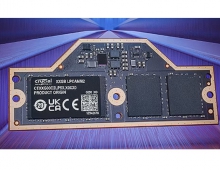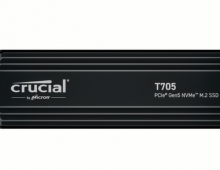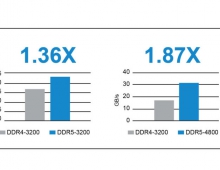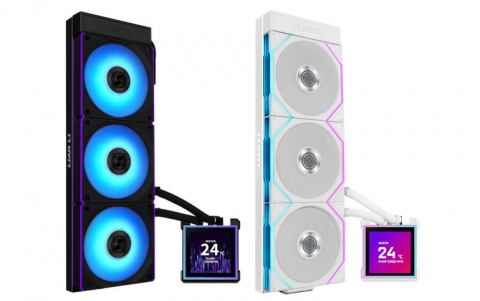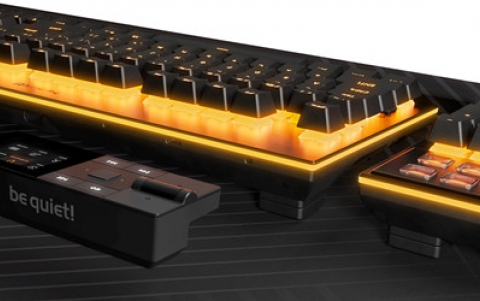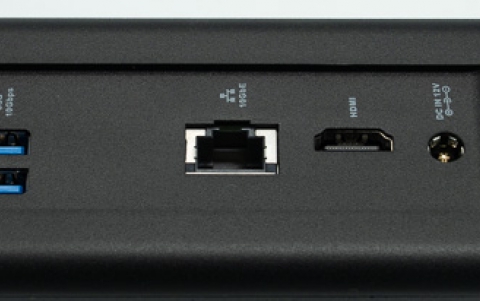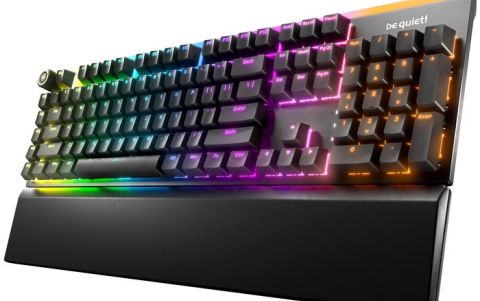
Micron Introduces Third Generation Reduced Latency Memory
Micron Technology today introduced its third-generation reduced latency DRAM (RLDRAM 3 memory), a high-bandwidth memory technology that enables a more efficient transfer of information across the network.
As compared with previous generations, Micron's new RLDRAM 3 memory offers a further increase in density and speed, while minimizing latency and reducing power consumption for higher performing networking applications.
Micron said that it would continue to provide support for its current generation RLDRAM 2 technology. Additionally, Micron is transitioning its RLDRAM 2 product portfolio to the more advanced 50nm process technology, boosting system performance and lowering power consumption.
The primary features and benefits of Micron's new RLDRAM 3 memory include:
- Low latency: Sub 10-nanoseconds tRC, offering the industry's lowest random access latency
- Increased density: 576Mb-1Gb, giving flexibility for many designs
- Faster speeds: Reaches 2133Mb/s, providing faster access to data
- Greater energy efficiency: Familiar 1.2V IO and 1.35V core, for more power savings
Micron and its partners have validated its RLDRAM memory solutions for ease of integration into networking equipment. The company is currently working with leading FPGA companies including Altera Corporation and Xilinx to design RLDRAM 3 memory into their family of products.
Micron is expected to begin sampling its RLDRAM 3 device in the first half of 2011 and is currently working with its customers and enablers for their design considerations of RLDRAM 3 memory. Additionally, Micron expects to begin sampling 50nm RLDRAM 2 products in the fourth quarter of 2010.
Micron said that it would continue to provide support for its current generation RLDRAM 2 technology. Additionally, Micron is transitioning its RLDRAM 2 product portfolio to the more advanced 50nm process technology, boosting system performance and lowering power consumption.
The primary features and benefits of Micron's new RLDRAM 3 memory include:
- Low latency: Sub 10-nanoseconds tRC, offering the industry's lowest random access latency
- Increased density: 576Mb-1Gb, giving flexibility for many designs
- Faster speeds: Reaches 2133Mb/s, providing faster access to data
- Greater energy efficiency: Familiar 1.2V IO and 1.35V core, for more power savings
Micron and its partners have validated its RLDRAM memory solutions for ease of integration into networking equipment. The company is currently working with leading FPGA companies including Altera Corporation and Xilinx to design RLDRAM 3 memory into their family of products.
Micron is expected to begin sampling its RLDRAM 3 device in the first half of 2011 and is currently working with its customers and enablers for their design considerations of RLDRAM 3 memory. Additionally, Micron expects to begin sampling 50nm RLDRAM 2 products in the fourth quarter of 2010.

